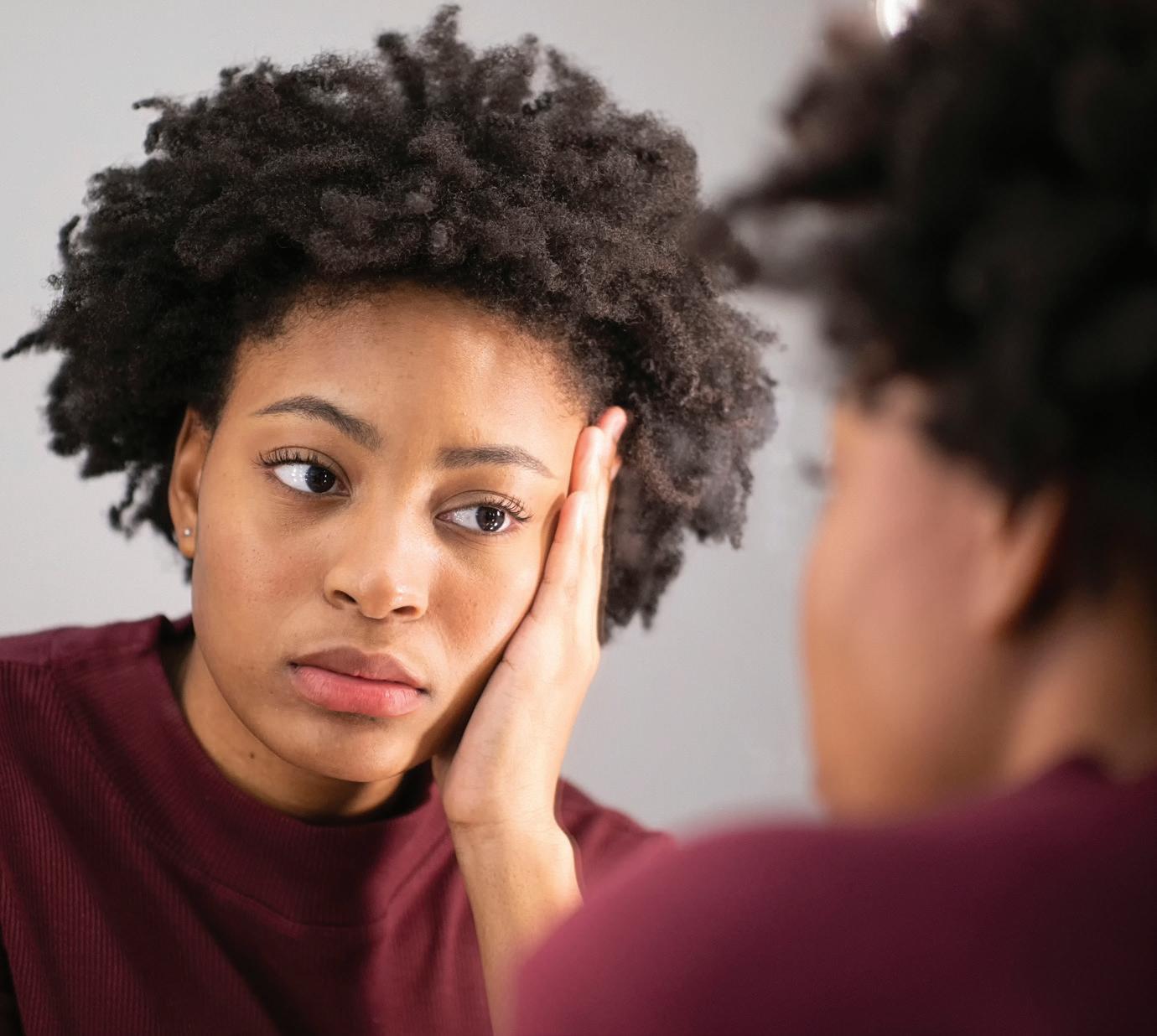
4 minute read
The lowdown on the benefits and risks Muscle Stimulation
Getting a toned and sculpted body used to only come as a result of hard work in the gym and following a strict diet, but now there exists technology which can improve your body shape after only a few short sessions in an aesthetic clinic. Endorsed by celebrities like Kim Kardashian and Drew
Barrymore, are muscle-stimulating treatments really worth the hype?
Advertisement
How do they work?
Muscle-stimulating technologies are devices that promise to increase muscle mass and sometimes reduce fat. While some forms of this technology have previously been used at-home in conjunction with strength-training workouts attached to your body while you exercise, all you need to do now is lie on a treatment bed for 30-60 minutes and let the machine do the work. Devices can also be used to help weak muscles, reduce swelling, relieve pain and help heal wounds, often being used in physiotherapy.
Current devices on the market commonly use electrical muscle stimulation (EMS) and high intensity focused electromagnetic field (HIFEM). An EMS treatment uses electric impulses to contract the muscle, causing muscle fibres to undergo microscopic tears, much like a typical strengthening workout. The body will attempt to repair this damage, leading to increased muscle size and strength. A HIFEM treatment works in a similar way but uses a magnetic field to produce an electric current in the muscle.
Devices can cause up to tens of thousands of contractions in around an hour – try doing that at home! Because the procedure puts your body under conditions that could not be achieved through normal ab workouts, squats or exercises, results are achieved faster. Muscle-stimulating devices can be used on areas such as your abdominals, buttocks, arms, and legs.
MUSCLE STIMULATION: WHAT'S THE HYPE?
What are the results?
Muscle mass has been shown to increase anywhere between 16-30%. Research has shown that as well as muscle improvement, some devices can also reduce fat by up to 19% as a result of these treatments. There is little-to-no downtime following the procedure meaning you can walk straight
out of an aesthetic clinic and carry on with your usual lifestyle routine. However, you may experience minor soreness, so it is recommended not to perform any immediate exercise on the targeted muscle group. You do need more than one treatment for it to be effective, and you will have to go back anywhere between four and eight times for a repeat procedure, depending on which machine you choose.
It’s important to note that a muscle-stimulating procedure should be undergone alongside a healthy lifestyle, rather than acting as a substitute. The treatment may improve your body tone, but in order to maintain your physique following the treatment and to continue to optimise these results, you need to remain mindful of your diet and exercise.
We know it sounds a bit too good to be true, but they say a picture is worth a thousand words! Take a look at some of the current devices available in UK clinics, along with their results.
CM Slim
Treatment time: 30 minutes No. of treatments recommended: 4-6
EmSculpt
Treatment time: 30 minutes No. of treatments recommended: 4
StimSure
Treatment time: 20-30 minutes No. of treatments recommended: 6-8
TESLAformer
Treatment time: 30 minutes No. of treatments recommended: 4-8
truSculpt Flex
Treatment time: 45 minutes No. of treatments recommended: 4
Ask the professional…
If you’re interested in having a muscle-stimulating treatment, aesthetic practitioner Dr Nestor Demosthenous, owner of Dr Nestor’s Medical Cosmetic Centre in Edinburgh, shares some advice! Find him on Instagram via @dr_nestor_d
How do I know where to go?
I believe it is very important to only have this treatment performed by a reputable aesthetic clinic. The clinic will have researched the various devices and will only use a CE and/ or FDA-approved muscle-stimulation device, which means that the device is safe for use.
What is it like to experience a treatment?
Because these devices try to emulate an intense strength and muscle-building gym session, the treatment will feel a little uncomfortable but not painful or unbearable. Your practitioner should discuss all of this with you, but there’s no need to be worried.
What are the other benefits?
While muscle-stimulating procedures can make you look and feel better in yourself, that’s not all they’re good for! In my clinic I’ve used them to help a variety of people for different reasons.
For example, we have treated: • Religious gym goers, who find they can push themselves further • Patients who haven’t been able to exercise due to trauma and have suffered some muscle decline • Patients with lower back problems that have been helped thanks to strengthening their core muscles • Older patients who can’t push themselves as much as they did before • Women with abdominal tears and damage from childbirth
On a personal note, following a knee injury, I lost muscle mass in my left leg and managed to build it back (from 50cm circumference of left leg to 54cm) using the device in my clinic. That’s why I’m so passionate about this sort of treatment – I know first-hand the positive impact it can have. Always speak to an experienced practitioner and find out what’s best for you.










